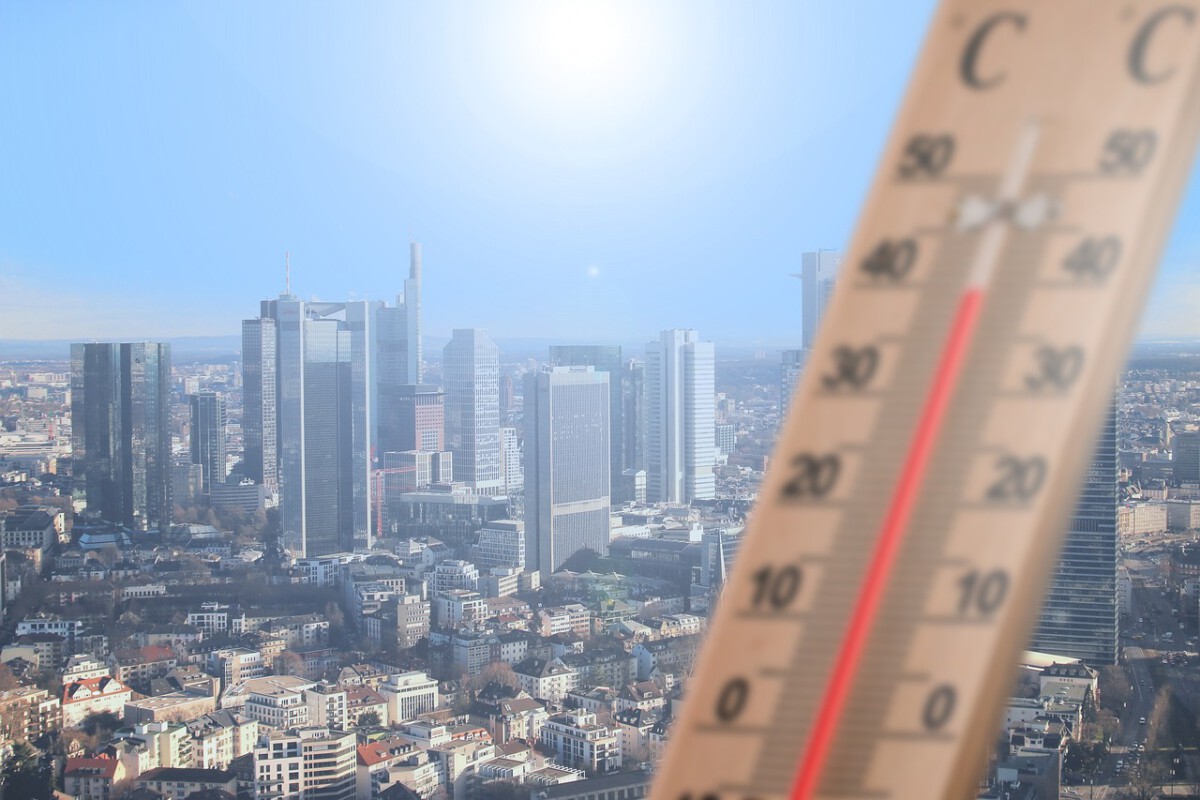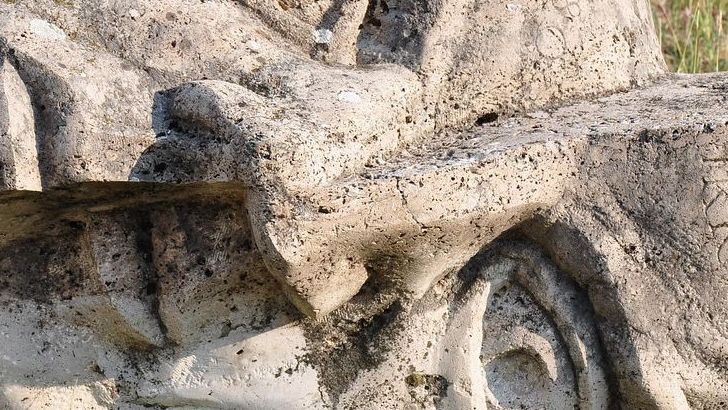Pouring Grease Down the Drain

It’s shocking how many people still treat their kitchen sink like a garbage can for hot grease. According to the Environmental Protection Agency, grease blockages are one of the top causes of sewer overflows in the U.S. When hot grease cools, it solidifies and clings to the inside of pipes, slowly choking off water flow. People often think running hot water will wash it away, but the grease always hardens somewhere further down. Over time, small amounts build up until a full blockage forms, sometimes leading to expensive emergency plumbing visits. Cities like New York have even launched public campaigns warning against this habit, as their sewer crews pull literal tons of congealed fat—called “fatbergs”—from sewers every year. One plumber in Texas reported that over 70% of kitchen clogs they fix are due to grease. Just remember: grease belongs in the trash, not your pipes.
Flushing “Flushable” Wipes

Despite the “flushable” label, most wipes absolutely do not break down like toilet paper. Consumer Reports and the National Association of Clean Water Agencies have both tested these wipes and found that they remain intact for days, causing clogs in both home plumbing and city sewer systems. In 2023, New York City spent over $19 million clearing wipe-related blockages. Plumbers report seeing wipes tangled around roots and stuck in bends, blocking water and causing backups. Even biodegradable wipes don’t break down fast enough to avoid trouble. This habit has gotten so bad that some cities have considered outright bans on “flushable” wipes. If you use them, the trash can is the only safe place to dispose of them.
Ignoring Small Leaks

A tiny drip might not seem urgent, but research from the EPA found that household leaks can waste nearly 1 trillion gallons of water nationwide each year. That slow drip under the sink or constant trickle from a toilet isn’t just running up your water bill; it’s slowly eroding pipes, joints, and fixtures. Over time, leaks create moist environments where mold and corrosion thrive, weakening metal and PVC alike. Hidden leaks behind walls can rot wood and lead to catastrophic failures. Plumbers say small leaks are one of the most common reasons for pipe replacement. Fixing leaks early prevents a little problem from turning into a flooded nightmare.
Using Chemical Drain Cleaners

It’s tempting to grab a chemical drain cleaner when your sink clogs up, but these harsh products often do more harm than good. According to the American Society of Home Inspectors, chemical cleaners use caustic ingredients that can eat away at older metal or even plastic pipes. Over time, repeated use weakens pipe walls, leading to leaks or complete breaks. In a 2024 study, 63% of plumbers said they’d fixed pipe damage directly caused by these cleaners. Plus, these chemicals can linger in your plumbing, posing risks to your family and the environment. Safer options include using a drain snake or calling a professional before reaching for toxic solutions.
Using the Toilet as a Trash Can

Flushing anything other than human waste and toilet paper is a surprisingly common mistake. Items like cotton swabs, dental floss, tampons, and paper towels don’t dissolve in water. The National Association of Clean Water Agencies points out that these items snag on pipe joints and tree roots, starting clogs that catch more debris over time. In 2023, plumbers reported that over 40% of toilet blockages were caused by non-flushable items. Even small items can accumulate, block pipes, and cause expensive repairs. Teaching kids (and grown-ups!) what shouldn’t go down the toilet can save thousands in plumbing bills.
Overusing the Garbage Disposal

Many people treat their garbage disposal like a wood chipper for leftovers, but most disposals aren’t built for heavy-duty use. Hard items like bones, fruit pits, and fibrous vegetables can jam the blades and get stuck in pipes. The Plumbing Manufacturers International organization warns that even starchy foods like potato peels and pasta can swell with water, sticking to pipe walls and causing clogs. A 2024 survey found that 55% of kitchen sink clogs were linked to inappropriate disposal use. Scraping plates into the trash or compost before rinsing is the best way to keep both your disposal and pipes happy.
Not Installing Drain Screens

Hair, soap scum, and bits of food are the silent enemies of your drains. Without a simple mesh screen, these everyday materials slip down pipes and create sticky clogs. The American Plumbing Association reports that shower and bathroom sink blockages are most often caused by hair buildup. A $5 drain screen can prevent hundreds of dollars in plumbing bills—yet many homeowners still skip this easy upgrade. Screens are simple to clean and install, and they work in almost every drain type. It’s a small step with a big payoff for your plumbing.
Letting Tree Roots Invade Pipes

Tree roots are notorious for seeking out small cracks or loose joints in underground pipes. The U.S. Department of Agriculture has shown that roots can grow dozens of feet to reach a tiny water leak. Once inside, roots expand and trap debris, leading to slow drains or total blockages. In 2023, root-related pipe repairs cost U.S. homeowners an estimated $1.1 billion. Ignoring slow drains or unexplained wet spots in your yard might mean roots are already at work. Regular inspections and root barriers are the only way to keep roots out for good.
Setting Water Pressure Too High

Everyone loves a powerful shower, but cranking up your home’s water pressure can be a silent pipe killer. The Plumbing-Heating-Cooling Contractors Association recommends pressure stay below 80 psi, yet many homes register much higher. High pressure stresses joints, causes small leaks, and can even burst aging pipes. Water hammer—those loud banging noises when you shut off a faucet—is a warning sign. Pressure regulators cost a fraction of what you’ll spend repairing burst pipes. This simple fix can add years to your plumbing and peace of mind to your mornings.
Skipping Regular Pipe Inspections

Out of sight, out of mind—until disaster strikes. Many homeowners don’t think about their pipes until there’s a major problem. The National Association of Home Builders suggests having plumbing inspected every two years, especially in older homes. Tiny cracks, corrosion, and buildup can go unnoticed for years, setting the stage for major leaks or water damage. In a 2024 poll, 68% of plumbers said routine inspections could have prevented most emergency calls. Just like you’d see a doctor for a checkup, your pipes need regular attention to catch issues early and avoid costly surprises.






